Kumquat Pests and Diseases: How to Identify and Treat Them
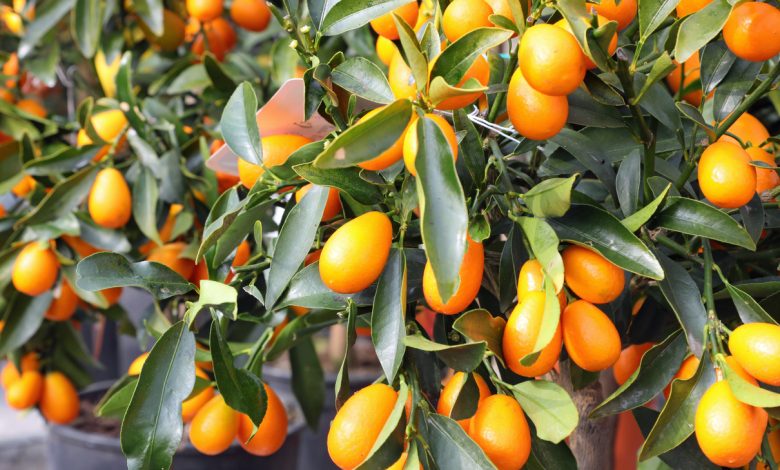
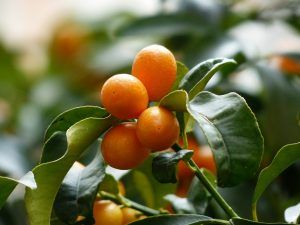 What will you learn in this article? To identify the most common pests and diseases of the Kumquat, as well as how to combat and prevent them.
What will you learn in this article? To identify the most common pests and diseases of the Kumquat, as well as how to combat and prevent them.
The kumquat is a citrus-type fruit tree that is very valuable in Asian culture and that has gradually begun to take its place in Europe.
Thanks to its small-sized and great-tasting fruits, more and more people are interested in having a specimen planted in their home garden.
And for everything to go wonderfully it is necessary that each tree develops with strength and vigor so that these characteristics are projected in the harvest.
That means that you cannot allow pests and diseases to attack it and you will be able to have more clarity on this issue thanks to the following post. Do we see it?
Red spider
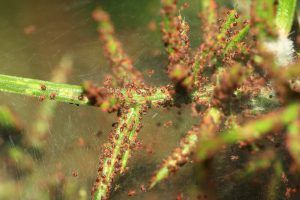
The red spider is a pest of microscopic size that tends to appear when the surrounding climate is dry and hot, probably before the arrival of autumn.
They bite the leaves to suck the sap, causing spots to appear in the yellow area that sometimes bulge.
When the bites are very frequent and numerous in the same area, the leaves turn yellowish in their entirety, dry up and fall off.
This causes early defoliation that reduces the productive potential of the plant.
In addition, they leave a kind of spider web on the stems, which also affects the structure. It is necessary to clean the leaves of the tree, especially the underside, which is where they establish their colonies, to reduce the population and the eggs.
Neem oil is a great ally in this matter. Similarly, cleaning with water injection on the foliage.
This water pressure not only cleans the surface, but also increases the internal humidity level, which is not pleasant for the mite.
iron chlorosis
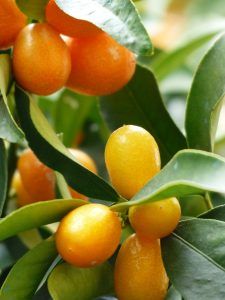 Kumquats are very prone to iron deficiency which will need to be supplied through fertilization processes.
Kumquats are very prone to iron deficiency which will need to be supplied through fertilization processes.
However, they are not always capable of absorbing the total amount they need because the irrigation system goes against the conditions it deserves.
This species, like any other citrus, needs irrigation based on low-lime water, so that the iron potential is not counteracted.
In the event that iron chlorosis manifests itself, the leaves will begin to lose their characteristic green color to turn pale yellow.And if the process of fruit set and growth has begun, they will not develop very well, remaining small.
To check if this is the problem and act accordingly, it will be necessary to assess the nutritional conditions of the soil in a laboratory.
root rot
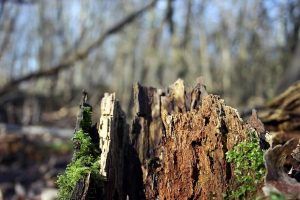 Root rot is one of the most complicated fungal diseases and difficult to eradicate when allowed to creep around the damage is root rot.
Root rot is one of the most complicated fungal diseases and difficult to eradicate when allowed to creep around the damage is root rot.
It is produced by the accumulation of water at the base of the tree, causing the roots to «drown» and cannot continue with their functions.
Due to the fact that thanks to them the plant obtains the water and nutrients to live, it is prevented from fulfilling these requirements and little by little it pales.
It is possible to prevent this situation from occurring by applying appropriate irrigation measures, preventing water from accumulating in the base and preventing the substrate from drying out before the next irrigation.
In any case, it is beneficial to use a fungicide as a preventive strategy, since in most cases corrective action does not tend to give positive results.
fruit fly
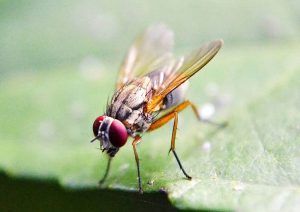 It is a frequent pest in almost all types of fruit trees. Its biggest problem is in the larvae, which the adult places inside the pulp of the fruits.
It is a frequent pest in almost all types of fruit trees. Its biggest problem is in the larvae, which the adult places inside the pulp of the fruits.
In this way, when the eggs hatch, the larvae begin their life period by feeding on the soft and delicious pulp that they get from their environment.
And so, the fruits lose quality, change color and rot at the end. As it is almost impossible to treat the problem of larvae, the control measure is oriented towards adults, with the establishment of traps to capture them.
citrus miner
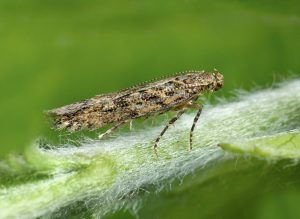 It is another of the pests that can become prevalent on kumquats and all other types of citrus.
It is another of the pests that can become prevalent on kumquats and all other types of citrus.
It is a kind of larva that feeds on the leaves of this type of tree, developing a series of galleries inside.
As the leaves lose their plant mass, they cannot carry out the photosynthesis process properly, creating a negative impact.
If the tree is in the full productive stage, the fruits will be born in less quantity and surely they will not grow or have as much flavor as you would like. Control the leafminer with the use of an appropriate insecticide for this species, using it as directed by the manufacturer.
neck rot
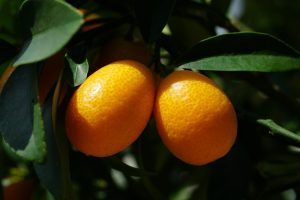 It is a very complex disease that when it attacks can become a real headache, with almost no effective solution (depending on the damage).
It is a very complex disease that when it attacks can become a real headache, with almost no effective solution (depending on the damage).
Its first manifestations are generated with a drop in the level of vigor, which prevents it from carrying out its processes conveniently.
After some time, a series of rubbery bumps that secrete liquid will begin to appear on the trunk. In this case the problem would be very advanced, but acting quickly it is still possible to rescue it.
The idea is to cut the part of the tree where the bumps are. If it is a branch, it will have to be pruned.
If it is on the trunk, scrape the surface. The most important thing in all this is to ensure that the instruments used are disinfected before and after executing the work.
Similarly, it will be necessary to apply healing paste to protect the wounds from possible new infections of another nature.
Kumquats are fruit trees that already have a good level of resistance, even more so when they are maintained with the appropriate nutrients. That is why following the planting recommendations established by specialists in this task is the best decision.
And, in case something bad happens, always have information like this on hand to help act in a timely manner.
Bibliographic references
- Main bacterial diseases of citrus, M Luis, R Llauger, C Collazo – concitver.com
- Active coating for postharvest green rot control of kumquat (Fortunella), DE Locaso, MV Lare, MJ Bof, VC Bordagaray… – 2015 – ri.conicet.gov.ar
- Characterization of resistance to kumquat canker, BI Canteros, AM Gochez – Argentine Congress of Phytopathology . 1. 2008 …, 2008 – sidalc.net
- Citrus insects, G León – 2012 – repository.lasallista.edu.co
- Citrus leaf blotch virus. Relationship with other diseases or disorders in citrus cultivar trees, JM Pérez, X Ferriol, L Hernández – CitriFrut Magazine, 2010 – researchgate.net
Maybe you are also interested in:


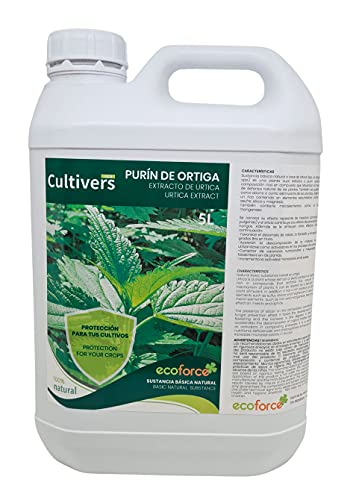

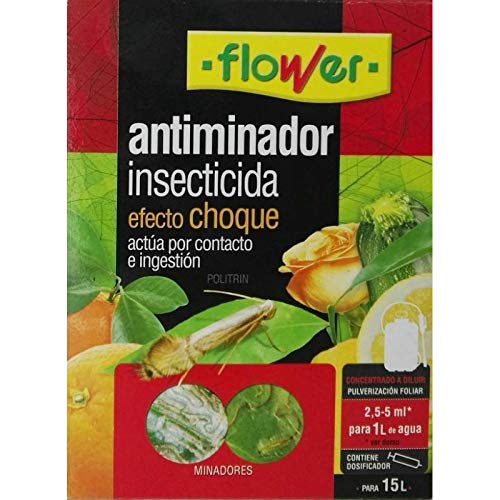


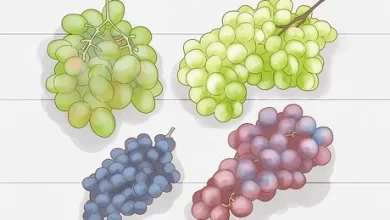

![Photo of Varieties of Peas: [Characteristics and Classification]](https://www.complete-gardening.com/wp-content/uploads/2022/08/varieties-of-peas-characteristics-and-classification-390x214.jpg)
![Photo of Capillary Irrigation: [Concept, Utility, Advantages and Disadvantages]](https://www.complete-gardening.com/wp-content/uploads/2022/08/capillary-irrigation-concept-utility-advantages-and-disadvantages-390x220.jpg)